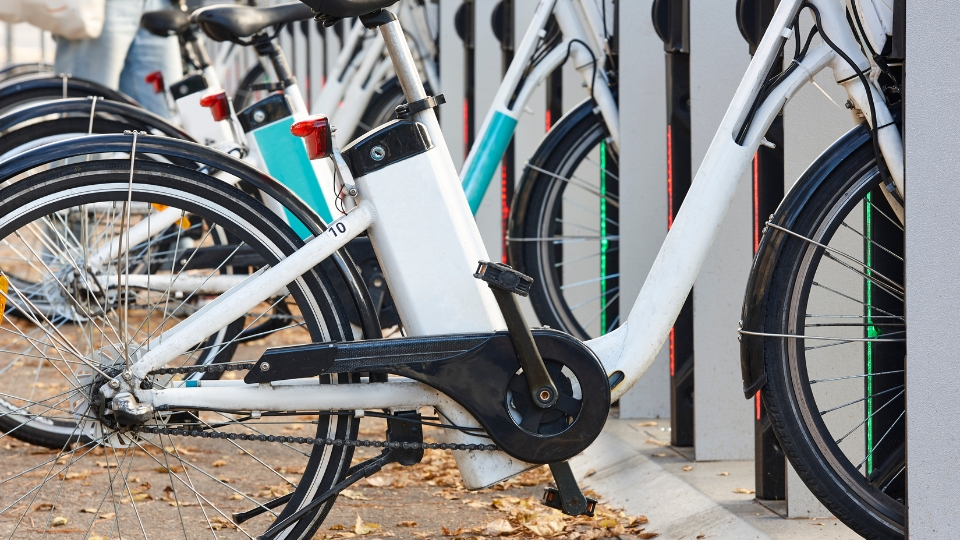The rapid evolution of technology is transforming the way businesses operate, creating new opportunities for growth and efficiency. One such innovation that has gained traction in recent years is geofencing. This location-based marketing strategy leverages GPS technology to create virtual boundaries around specific areas, allowing businesses to target their audience more effectively and deliver highly personalized content. In this article, we will explore the various applications of geofencing for professionals, particularly in the management of a fleet of two-wheel vehicles, and the numerous benefits it offers.
Understanding the basics of geofencing
Geofencing refers to the process of creating a virtual boundary or fence around a specific geographic area. This can be achieved using GPS coordinates or via other technologies like Wi-Fi or Bluetooth. When a mobile device with location services enabled crosses this virtual boundary, a predefined action is triggered. This can include sending targeted messages, notifications, or advertisements through an app installed on the user’s smartphone. The main goal of geofencing technology is to provide businesses with actionable insights into customer behaviour and preferences, enabling them to optimize their marketing strategies and improve overall performance.
Geofencing solutions for professionals
From retail to transportation, businesses across various industries can benefit from implementing geofencing solutions. One specific example is the management of a fleet of two-wheel vehicles, where geofencing offers several advantages:
Efficient fleet management
By establishing geofences around designated service areas or routes, businesses can effectively monitor their fleet’s movements, ensuring that vehicles remain within the specified boundaries. This allows for efficient allocation of resources, reduced fuel consumption, and improved overall performance.

Enhanced security and theft prevention
If a vehicle leaves a predefined area without authorization, an alert can be triggered, allowing business owners to take immediate action. In cases of theft, geofencing enables real-time tracking of the vehicle, increasing the likelihood of recovery and minimizing potential losses.
Optimized maintenance scheduling
Using geofencing data, businesses can better anticipate when vehicles will require maintenance or repairs, streamlining scheduling processes and reducing downtime. By monitoring usage patterns and distances travelled, businesses can also identify trends that may indicate potential issues or inefficiencies.
Location-based marketing with geofencing
Beyond fleet management, geofencing is proving to be a powerful tool in location-based marketing and advertising. By targeting customers within specific geographic areas, businesses can deliver highly relevant content that resonates with their audience, driving engagement and improving conversion rates.
Personalized offers and promotions
By deploying geofencing solutions, businesses can track users’ movements and push notifications containing special offers or promotions when they enter a predefined zone. For example, a restaurant could send a discount coupon to a customer who is nearby during lunch hours, increasing the likelihood of a visit.
Enhanced customer insights
Data collected through geofencing enables businesses to gain a deeper understanding of their customers’ behaviour and preferences. This information can be used to refine marketing strategies, develop targeted campaigns, and ultimately improve overall performance.
With its ability to provide precise location-based targeting and enhanced insights into customer behaviour, geofencing offers a wealth of opportunities for businesses to optimize their marketing efforts and improve overall performance. By carefully considering the unique needs of your organization and implementing tailored geofencing solutions, you can tap into this powerful tool and unlock its full potential.




